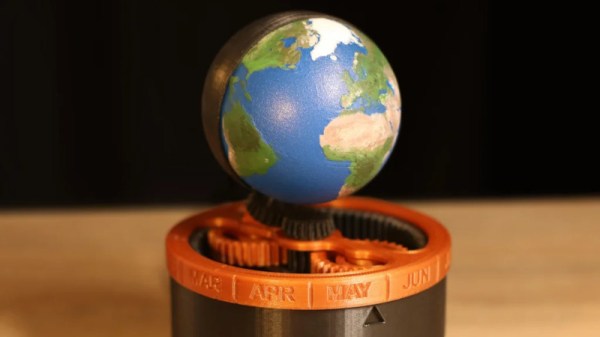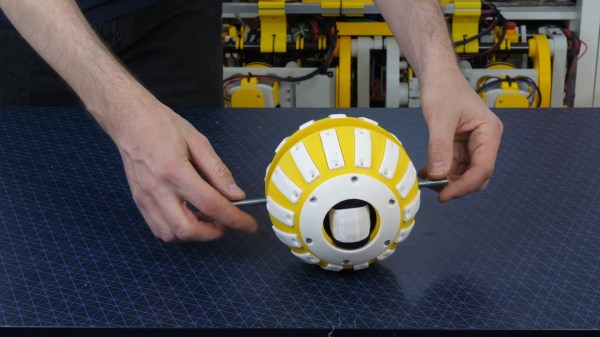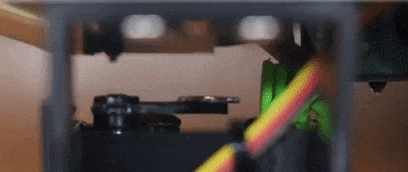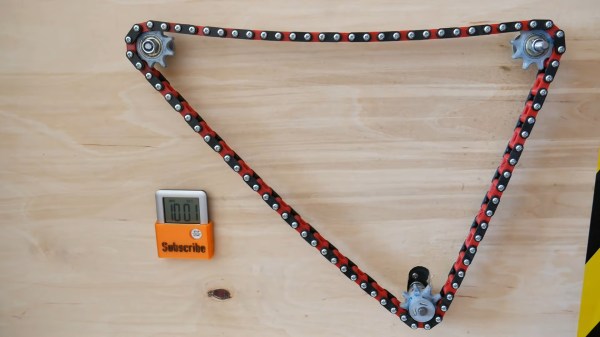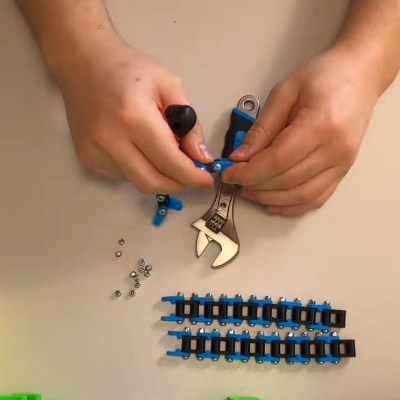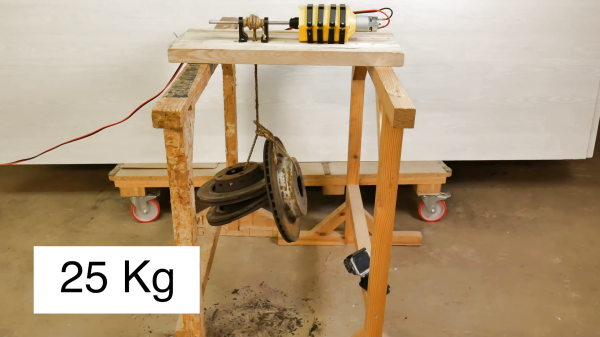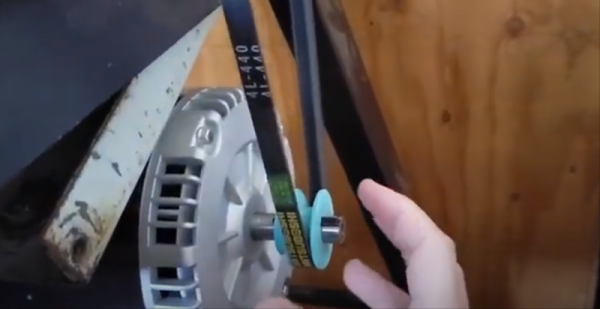Plenty of clocks around us are useful for telling us the precise hour, minute, and second of the day. However, few can give us an intuitive sense of how far away we are from the enveloping cloak of night. This 3D printed Earth clock built by [Simon Rob] promises to do just that.
The build consists of an Arduino Nano driving a stepper motor, which turns a 3D printed model of the Earth through 360 degrees each day. The Earth is rotated within a black shroud such that the current portion of the Earth seeing sunlight is the visible section on the clock, while the rest is hidden from view. There’s a three-stage planetary gear reduction which turns a date wheel connected to the black shroud so that the clock remains accurate throughout the year. The gear ratio isn’t perfect — [Simon] calculates its drift to be 20 hours over a year -but it’s close enough for the clock’s given purpose of being a cool thing.
The clock looks great, and a lot of that is down to [Simon]’s careful work painting the Earth to match the real thing based on Google’s satellite maps. Incidentally it’s not the first Earth clock we’ve seen, either. We might just have to get building one for our own coffee table at home. Video after the break.
Continue reading “3D Printed Earth Clock Is Cute Replica Of Our Delicate Planet”

